Elk River
Chain of Lakes
Photo credit: Katherine Berst
The largest subwatershed of Grand Traverse Bay
The Elk River Chain of Lakes (ERCOL) is the largest subwatershed of the Grand Traverse Bay watershed and covers 500 square miles of land, has over 60 square miles of open water, and covers 200 miles of shoreline. Home to 14 interconnected lakes and rivers, 138 miles of which are designated Blue Ribbon trout streams, this is a unique area with a significant impact on the region. From the uppermost lake in the chain, the waters flow 55 miles and drop 40 feet in elevation on their way to the bay. The ERCOL empties into east Grand Traverse Bay through the Elk River in Elk Rapids, providing approximately 60% of the bay’s input of surface water.
Villages in the Elk River Chain of Lakes include Elk Rapids, Kalkaska, Bellaire, Mancelona, Central Lake, and Ellsworth. Characterized by a generally rural population and large portions of natural land cover, the Elk River Chain of Lakes watershed possesses a wealth of natural resources that contribute to the health of local human and wildlife communities. The lakes and streams found in the ERCOL are some of the most pristine inland waterbodies in the entire country and provide a multitude of recreational and economic benefits for both residents and visitors. The watershed includes several parks and recreation areas – including 36 public boat launches – that provide opportunities for engaging with its natural features.
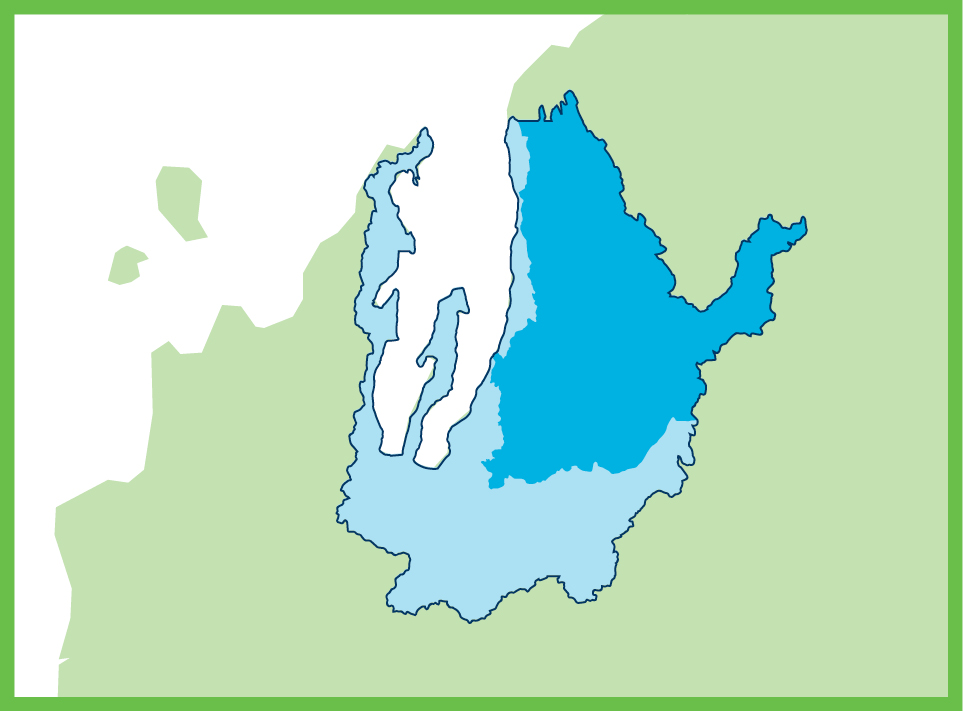

Grand Traverse Bay Watershed
Elk River Chain of Lakes Watershed
500
Square Mile Area
313
Miles of Rivers and Streams
14
Lakes
Commitment to collaboration
The Elk River Chain of Lakes Watershed Plan Implementation Team (ERCOL-WPIT) was formed in 2011 to implement activities pertaining to the Elk River Chain of Lakes in the original Grand Traverse Bay Watershed Protection Plan. Organized by The Watershed Center and Tip of the Mitt Watershed Council, ERCOL-WPIT engaged lake associations, local governments, area nonprofits, and interested citizens in collaborative efforts to protect and preserve water quality throughout the entire watershed.
Featured Project:
In 2020, The Watershed Center installed a bioswale near the pavilion at the Edward C. Grace Memorial Harbor, a rain garden near the harbor’s upper parking lot, and four rain gardens along River Street. The Watershed Center is monitoring the rain garden in the upper parking lot for the volume and quality of stormwater entering and exiting the rain garden to determine its effectiveness.
Currently, The Watershed Center is installing underground infiltration trenches and roadside rain gardens along Cedar Street.
Lorem ipsum dolor sit amet, consectetur adipiscing elit. Ut elit tellus, luctus nec ullamcorper mattis, pulvinar dapibus leo.
Planning for the future
The Watershed Center, Tip of the Mitt Watershed Council, and members of the Elk River Chain of Lakes Watershed Plan Implementation Team guided the development of the EGLE- and EPA-approved Elk River Chain of Lakes Watershed Management Plan (brochure). This plan states the top priority pollutants and stressors in the watershed are loss of habitat, sediment, and nutrients. The ERCOL Watershed Plan identifies lake/shoreline development/use, impervious surfaces/stormwater runoff, invasive species, road stream crossings, failing septic systems, riverbank development/use, agricultural runoff, climate change, industrial waste/oil and gas, water control infrastructure, and recreational activity as the top physical structures and human-driven actions that are occurring within the watershed that have jeopardized or may jeopardize the watershed.


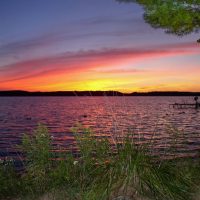
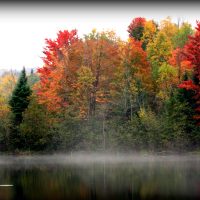


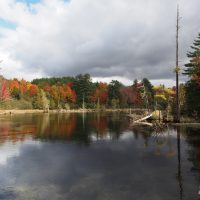
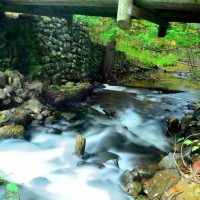
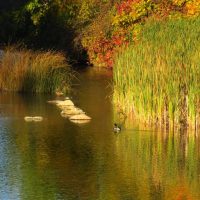
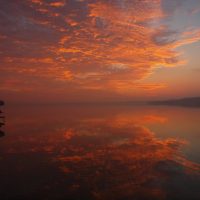

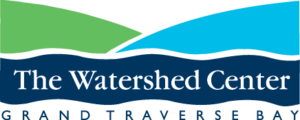

 Donate
Donate